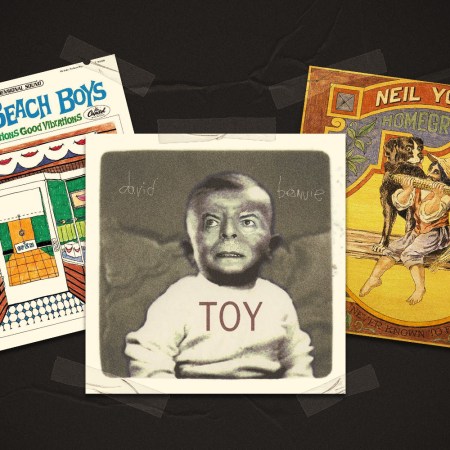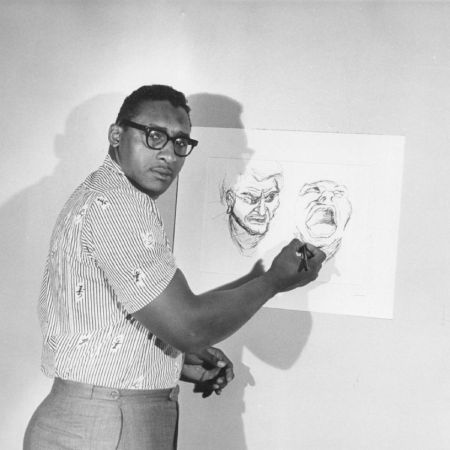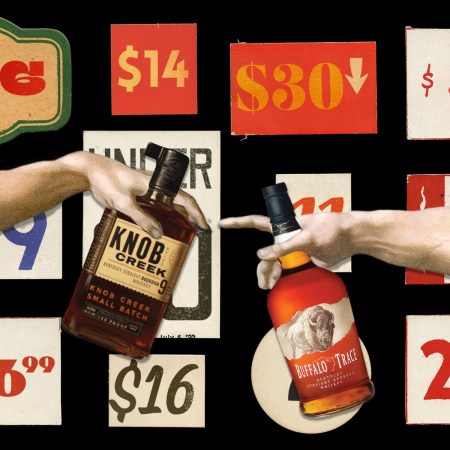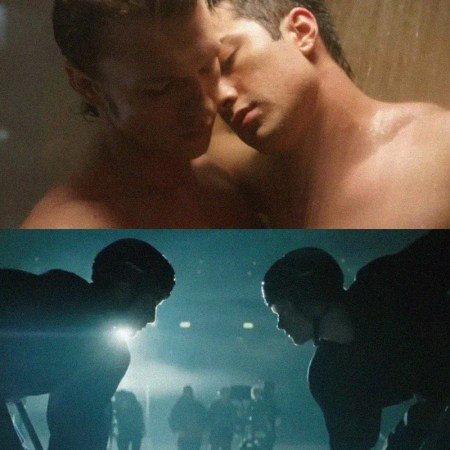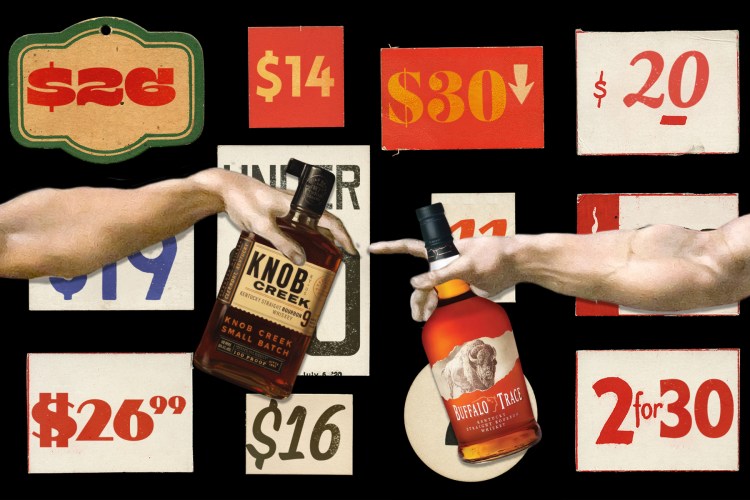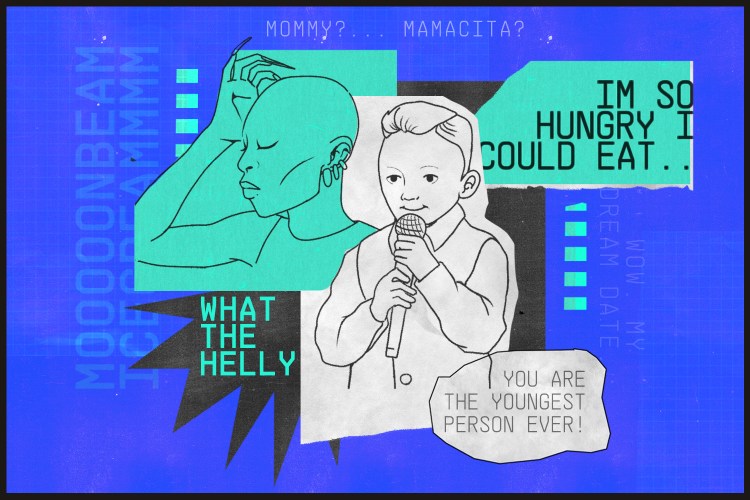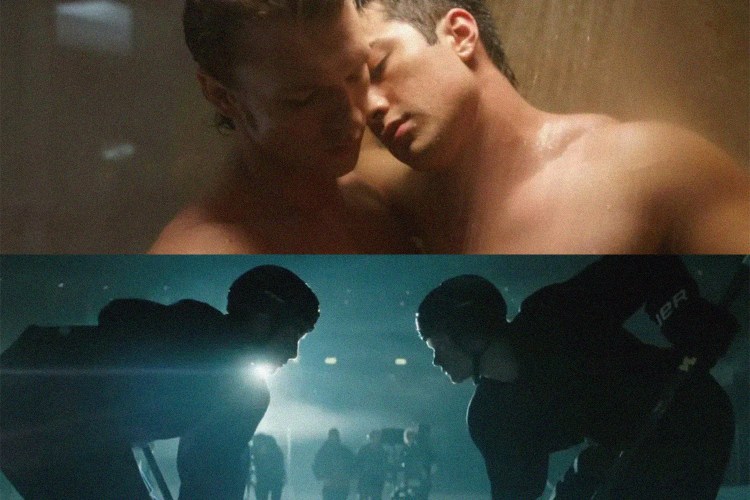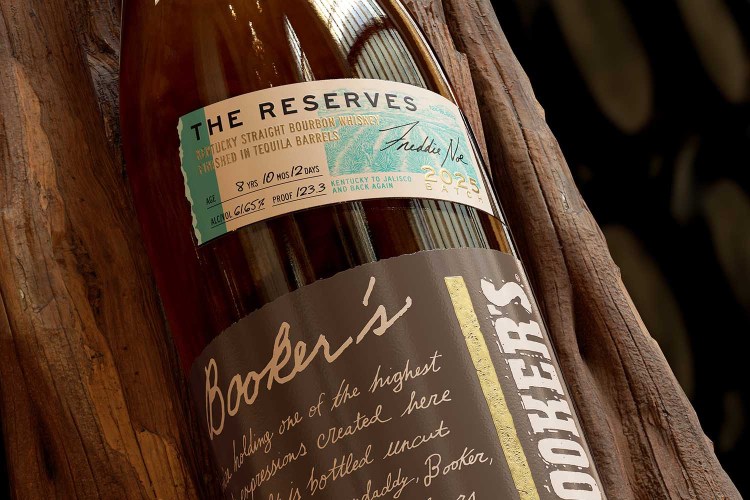The year 1971 saw the release of a host of now-classic albums, including Marvin Gaye’s What’s Going On? In a 2011 review of the album for Pitchfork, Ryan Dombal observed that it “marked the emergence of Marvin Gaye as an all-in-one talent.” And if you’re seeking insight into the creative and professional collaborations and conflicts that produced this album — and almost prevented its release — Ben Edmonds’s Marvin Gaye: What’s Going On? and the Last Days of the Motown Sound is an excellent place to go.
Third Man Books’ new edition of Edmonds’s trip into musical history may well bring a new generation of readers to the story behind Gaye’s album. In this excerpt, Edmonds explores the growing friction between Gaye and Motown Records — and the personality conflicts behind it.
Stubborn Kinda Fella
I was sitting around incensed, mad and angry. When I get that way I don’t do anything. That’s my only weapon.
– Marvin Gaye
Marvin immediately issued an ultimatum of his own: until Berry Gordy and his Quality Control cabal came to their senses and released What’s Going On, the singer would record nothing more for the company.
It was almost as if Motown had anticipated this rocky road ahead. They rushed the compilation Super Hits into the marketplace in September 1970 with a cover that portrayed Marvin as a cartoon superhero. This rendering acknowledged his elevation in status with Grapevine and the Terrell duets, but how could Marvin Gaye hope to be a superman if they wouldn’t let him spread his wings and fly?
Clay McMurray understands Gaye’s frustration. The young producer had been brought into the company by Norman Whitfield after his novelty version of Stand By Me by Spyder Turner had become an unlikely hit in early ’67 on MGM Records. (It probably didn’t hurt that two of Turner’s vocal impressions on the record were of Smokey Robinson and David Ruffin.) Like Whitfield, McMurray served his apprenticeship as a Quality Control assistant. But he was having his own problems with the department at around the same time it rejected What’s Going On.
“With all due respect to the talents of the people in Quality Control,” McMurray says, “it was all based on a concept that was adhered to because it had been successful in the past. Politically and creatively, a lot of songs were squashed because they didn’t fit. You have to watch out, though, that the concept doesn’t become so predictable it gets stale. I had the same problem with If l Was Your Woman by Gladys Knight. I got fought tooth and nail, because the concept of the day had been set when Norman cut Grapevine on her, and that uptempo thing was all they wanted. I pointed out that her greatest successes before she got to Motown were with ballads like Letter Full Of Tears. I stood my ground and got the record out, but it was a battle’.’
Considering how often I heard McMurray’s sentiments echoed — as Johnny Bristol pointed out, the truly creative are always going to have a gripe about something — and for all the stories of battles fought to put new ideas and different sounds into play at Hitsville, most of the conflicts were resolved at the top of the charts. The label’s catalog is deep in wonderful music, but little was com mercially wasted. On balance, very few hits fell through the cracks at Motown. If some records didn’t get as far as they should have, in those glory years the label’s own success might have been the greatest hindrance. There were only so many records the company could work and the charts would accommodate at any given time, even for the almighty Motown.
Having acknowledged that, however, we must also consider that the three most important Marvin Gaye records to this point — Grapevine, Baby I’m For Real and now What’s Going On — had all been turned down by Quality Control, and three times the company’s hand had to be forced to get them released. Pure coincidence? Not likely. It leads one to more probable conclusion that greater forces than the department were at work here. At Motown, there was only one force greater than Quality Control.
Marvin’s relationship with Berry Gordy followed his usual path of peaks and valleys. He had no trouble exploiting his proximity to the throne when it suited his purposes, but he also didn’t hesitate to butt heads with his powerful brother-in-law. Scarred by a contentious and physically abusive upbringing, Marvin followed the classic pattern of seeking out, and then rebelling against, authority figures. After escaping Reverend Gay’s fundamentalist house of horrors by enlisting in the Air Force (an en counter with authority that was every bit the disaster you’d imagine), it had been Harvey Fuqua and was now Berry Gordy Jr, who would become his ultimate profes sional authority figure and therefore his nemesis.
In one of Hank Cosby’s first memories of Marvin Gaye, the young singer was in a fistfight with Berry Gordy. The pair were going at it out on the front lawn of Hits ville right there on West Grand Boulevard. “It was raining and they were slipping all over the place,” recalls Cosby with a chuckle. “It was actually funny, more comical than anything. Marvin was real skinny, a 90-pound weakling, but he was a mouthy guy. Berry’s attitude with the young people was ‘I made you a star. I’ve done everything for you. I’m taking you there, so you be quiet and listen to me’. But Marvin wouldn’t take orders from anybody’.’
This fight was the perfect metaphor for their relationship. Gordy, a former professional boxer, could have taken stringbean Gaye apart without breathing hard. Gaye, for his part, was probably convinced he could take the boss. Mr Gordy, meanwhile, regarded his headstrong star with a mixture of affection and annoyance. Both were intensified when Gaye became a member of the Gordy family. “To be honest with you,” Cosby says, “Marvin and Berry were not on good terms much of the time. And after Marvin married his sister, it seemed like they stayed on bad terms’.’
Terrence Howard Turned Down a Marvin Gaye Biopic Because He’d Have to Kiss a Man
The actor said he would “rather cut his lips off” than have to kiss a man in the roleElaine Jesmer: “From what Marvin told me, it was not a good situation between them. Mostly because he wouldn’t kowtow. And of course Berry had the Berry image to maintain, so Marvin was always gonna fight him. There was some very personal aspect to this. It was one of those things between men that women don’t get. A guy thing, where it was like they had their dicks in their hands and were having some kind of pissing contest. Marvin was not the sort to ever give up, so you just knew it was gonna be a war of wills forever’.’
Marvin’s relationship with Anna Gordy Gaye was even more combustible. Road manager Joe Schaffner spent a lot of time around the couple. “In the beginning there was a lot of love,” he says. “Anna was supportive, but always very jealous too. Being older, she was experienced enough to know how it was out on the road. There were always a lot of ladies around, and these girls knew when you were coming to town. If they happened to be mar ried, they’d be planning to have a good time that night. These girls hounded Marvin. They’d spend a fortune on clothes, but the tags would still be on ’em. I’m serious! They’d wear these clothes to impress, then return them the next day. Oh, Anna knew all about those kind of women.
“Marvin loved the attention, but he got accused of doing a lot of things he never did. Basically he didn’t do anything on the road. He had plenty of lust in his heart, but he didn’t act on it. In those days a pornographic mag azine would keep him happy after a show. In all the years I was out with him, there was one time – and only one time – that he slipped. It was in Chicago, and he discov ered that.he’d caught the clap. We were flying home and he was so scared about what was gonna happen. Then I got an idea. I told the stewardess that we required a wheelchair when we landed in Detroit. I wheeled him off the plane in the chair, and had a doctor friend of Marvin’s meet us at the house. Our cover story was that he was suffering from exhaustion and pneumonia, which the good doctor confirmed. It worked until his real condi tion had been treated. Being burned like that, he learned his lesson.
“He loved his wife. They’d talk on the phone for hours almost every night. Course, this was also Anna’s way of checking up on him. If you get off work at six o’clock, your wife expects you home within the next hour. If it goes too long beyond that, she knows something else is happening, and her own mind becomes her worst enemy at that point. They’d argue about that whenever he came off the road, even if they’d talked every night. One time they had an argument sitting in the car parked in front of a police station. She got so mad she whacked him across the head with her high-heeled shoe, and there was blood trickling down his face. Jealousy starts a whole ugly chain. Because he loved her, he was capable of great jealousy too. He was convinced she was messing around, which she very well may have been. They started to provoke each other to do these crazy things’.’
The above is excerpted from Marvin Gaye: What’s Going On? and the Last Days of the Motown Sound by Ben Edmonds, published by Third Man Books.
This article appeared in an InsideHook newsletter. Sign up for free to get more on travel, wellness, style, drinking, and culture.




